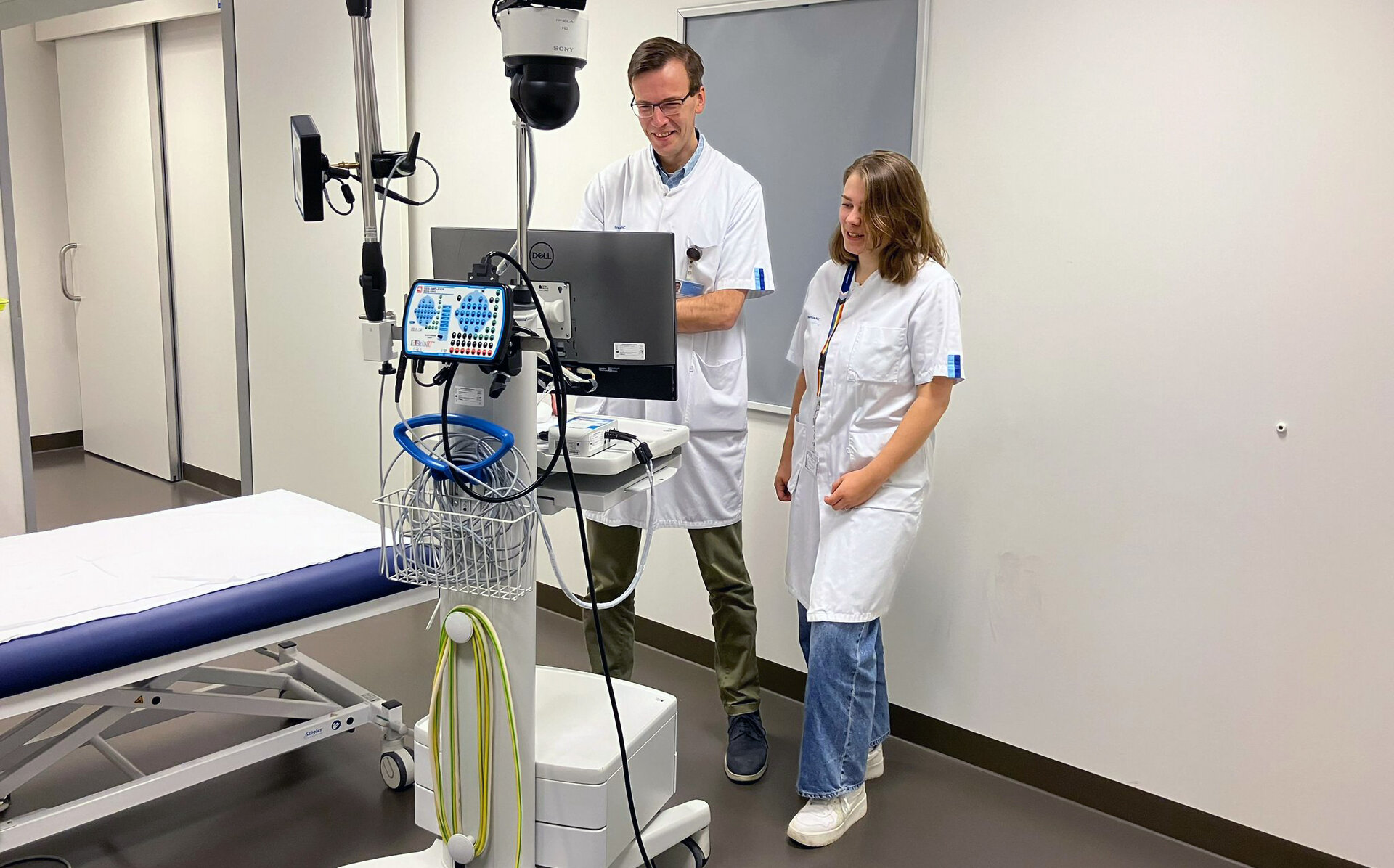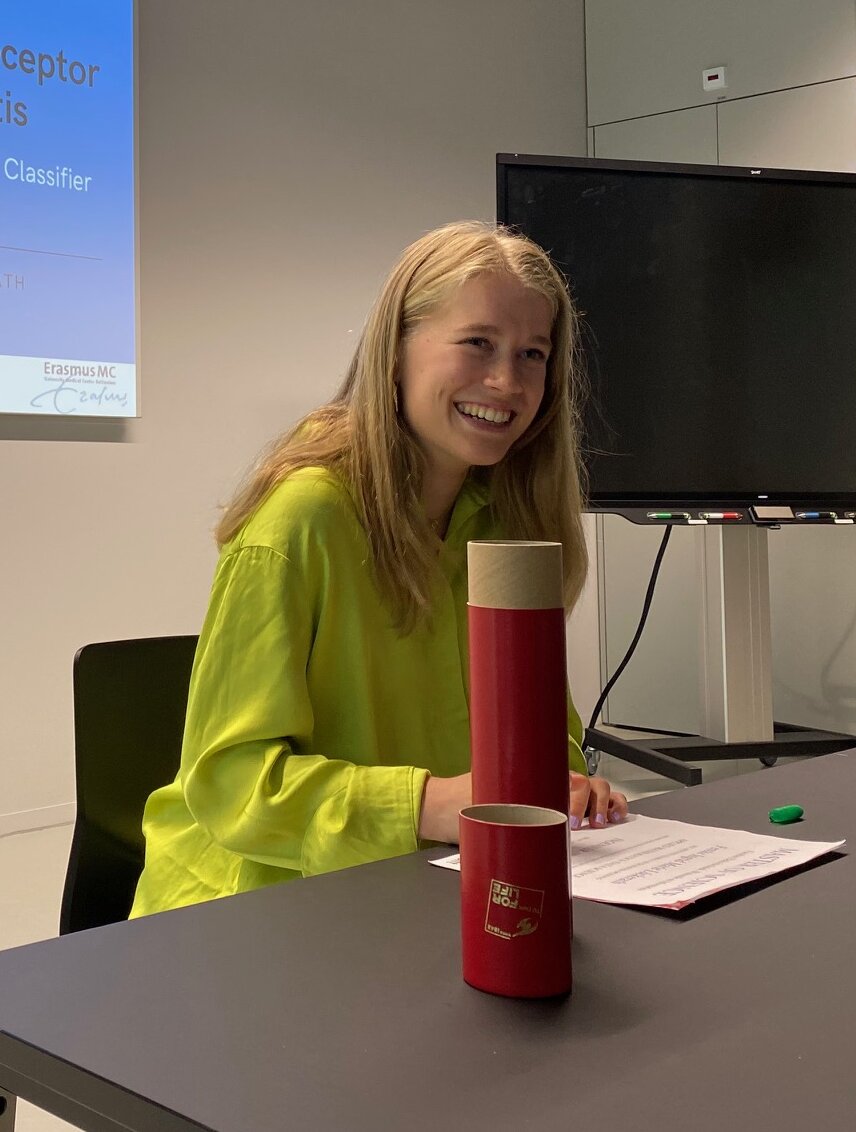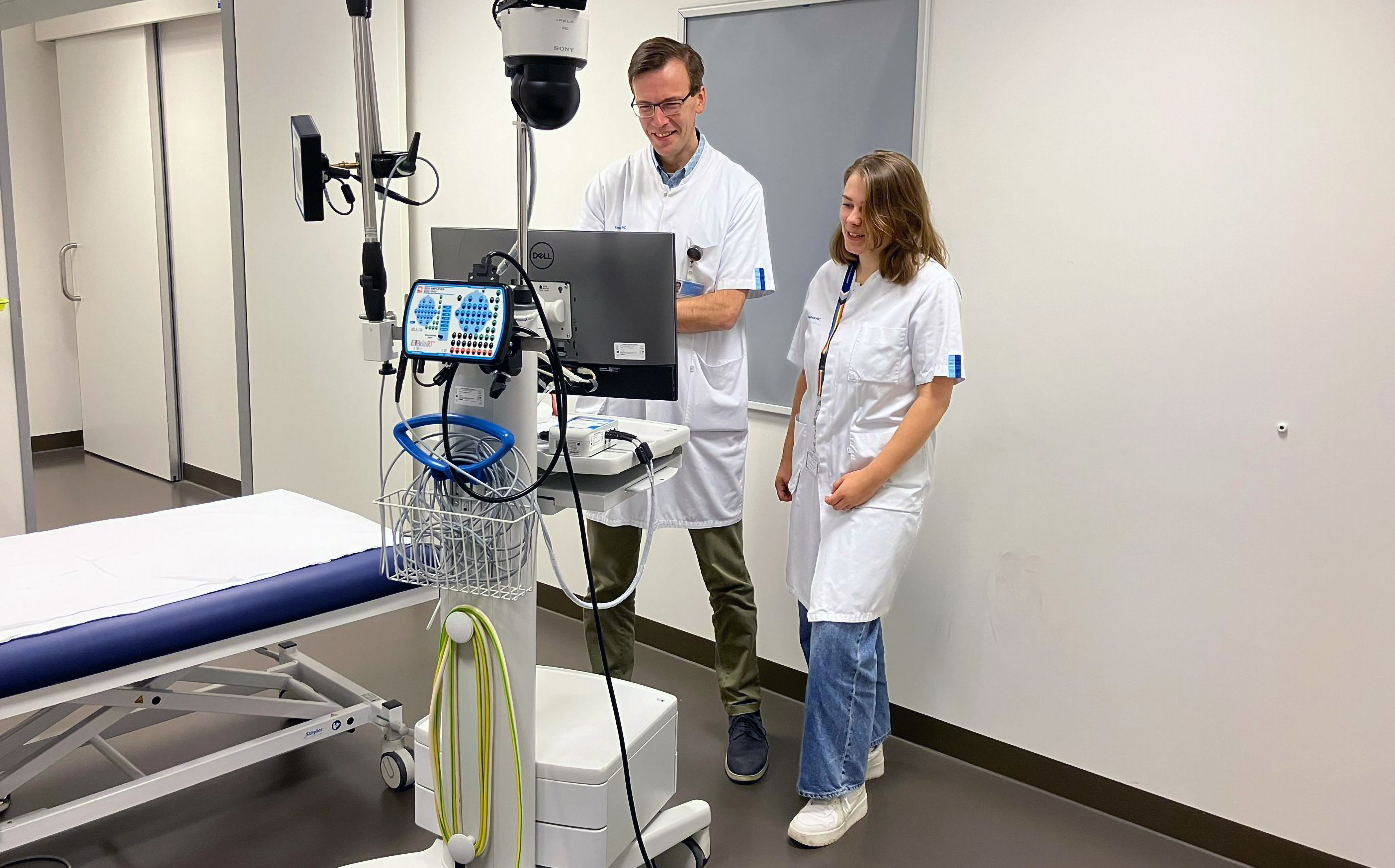New computer model predicts survival of children after CPR
After a child is resuscitated, parents experience a long period of uncertainty. In many cases, they are uncertain whether and how their child will recover. To change this, researchers from TU Delft and Erasmus MC developed a machine-learning model that can predict survival of children as early as 24 hours after resuscitation. The scientific paper on this study was published in the renowned journal Neurology.
‘The uncertainty, according to many parents, is almost worse than bad news,’ says neurologist Robert van den Berg, of Erasmus MC. If a child does not wake up after resuscitation, it can take days to weeks before there is more clarity about the chances of survival. In an effort to speed up this process, Robert and paediatric neurologist Maayke Hunfeld, together with master's student Applied Mathematics Femke Lückerath and professor Geurt Jongbloed of TU Delft, jointly developed a machine learning model that can predict survival after resuscitation.
‘It was incredibly rewarding to apply our statistical expertise to the development of this model. At TU Delft, we are passionate about contributing to research with significant societal impact, and this project is a shining example," says Geurt.
Brain activity
The computer model makes the prediction based on brain activity. This is measured in the hospital with an EEG machine. ‘In adult patients, doctors can make their own estimate of the chance of survival by looking at patterns in the EEG,’ says Robert. ' With children, this is unfortunately difficult because resuscitation among them is - fortunately - rare. As a result, less data is available.'
That is why the researchers developed a machine learning model that helps predict child survival. They trained the model with EEG data from children who had been resuscitated plus their health outcomes after one year. The model then learned to make its own connections. And with success: it can now determine a child's chance of survival within 24 hours of a cardiac arrest.
The model is better at predicting death than survival, Robert explains. 'Our starting point was: the model should never falsely predict that a child will die. After all, this could also cause us to refrain from starting certain treatments. The model is therefore 100% correct when predicting death, but slightly less accurate in predicting survival.'
More than a prediction model
What makes the model extra special is that it provides an explanation for all its predictions. Robert: ‘We want to understand in detail why the model makes certain choices. This helps doctors to interpret the prediction. For example, the model may base a decision on an EEG pattern that you know is due to certain medication. If that's the case, you want to know.'
The rationale provided by the model also gave the researchers new insights. For example, they learned that silences in brain activity are a key predictor of death after resuscitation: the more silences, the worse the outcome. 'This seems logical, but we see this pattern much more clearly in children than in adults. In them, we could even establish an exact threshold beyond which a poor outcome is likely.'
Human learning
The model is not currently being used in the clinic, it is first being tested in other hospitals. In the future, the researchers hope the model will also learn to predict how a child will develop after resuscitation and which treatment will work best. 'We only have a limited number of treatment options after resuscitation and don't really know which patients will benefit from which treatment. I hope the model can help us with this in the coming years,' says Robert.
The researchers are very proud of the model that is now in place. 'The way we have worked on this together is amazing: from paediatric intensive care and neurology to technical medicine and mathematics. I like the fact that we can offer parents, who are going through the toughest period of their lives, some support with this model.'
Pleasant collaboration
The collaboration between TU Delft and Erasmus MC was pleasant. ‘People might not expect it from an applied mathematics department, but within our department, we carry out a lot of medical-related and -inspired research,' says Geurt. This research ranges from optimal planning in hospitals to image analysis, from prediction problems to blood flow models, and from modelling epidemics to the optimal stationing of ambulances to meet a desired service level.
‘We are currently pooling the broad collaboration between mathematicians and healthcare professionals under the name MatheMedics,’ Geurt explains. 'My experience is that our mathematics students, like Femke, are eager to contribute to solutions to problems in healthcare. The cooperation with Erasmus MC is familiar to us and very pleasant. And it is great that this cooperation has also led to a paper in Neurology. It leaves both parties eager for more.'
Robert agrees with him. 'It was a win-win situation: we got help answering our questions, and they got the chance to apply their great ideas and algorithms to a concrete issue. So clinical demand and technical expertise came together beautifully.'



